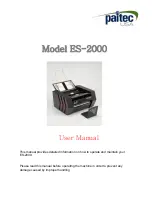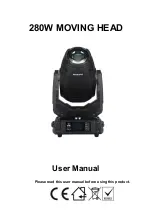Summary of Contents for MiniPress
Page 2: ...Page 2 ...
Page 4: ...Page 4 ...
Page 7: ...Page 7 ...
Page 14: ...Page 14 ...
Page 36: ...Variation Add a stability ball between hands and Footplate Page 36 ...
Page 2: ...Page 2 ...
Page 4: ...Page 4 ...
Page 7: ...Page 7 ...
Page 14: ...Page 14 ...
Page 36: ...Variation Add a stability ball between hands and Footplate Page 36 ...

















